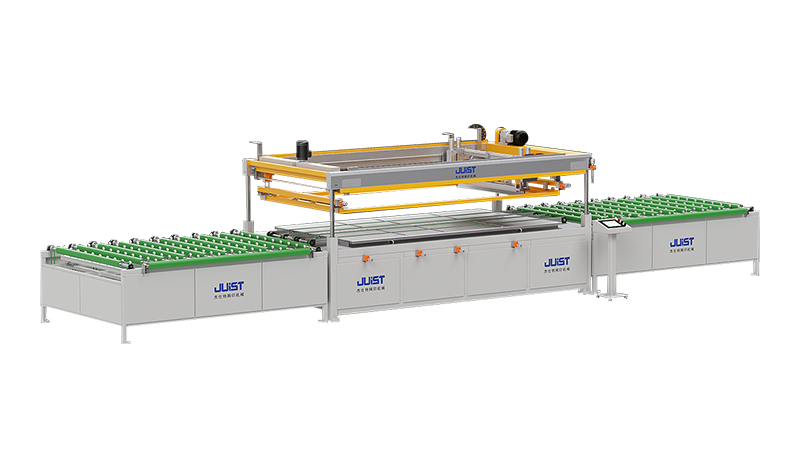+86-519-83387581
When the FDM process is applied to the 3D bonded glass printing device for printing, it has specific requirements for the form of glass materials. Glass materials usually exist in the form of filaments or powders. These two forms have their own characteristics and can meet the needs of material delivery and molding during the printing process. Filamentary materials are convenient for continuous and stable supply, while powdered materials can more flexibly adjust the distribution and stacking effects of materials in some special printing scenarios. Before actual printing, these materials will be fed into the heating system of the printing device and heated to a molten state. At this time, the glass material changes from a solid state to a liquid state with good fluidity, laying the foundation for subsequent extrusion molding.
During the printing process, the molten glass material is extruded through a fine nozzle. This nozzle is like a "brush" of the printing device. Under the precise control of the computer, it moves on the work platform according to a pre-designed path. Each extrusion deposits a layer of glass material on the work platform. With the continuous movement of the nozzle, layer after layer of glass material is tightly stacked, gradually constructing a three-dimensional glass object. This layer-by-layer stacking method enables complex glass structures to gradually grow from a two-dimensional plane to a three-dimensional form. From simple geometric shapes to complex curved surfaces with great artistic sense, from practical parts with a single function to precision components integrating multiple features, all can be realized on the 3D bonding glass printing device through the FDM process.
The FDM process can achieve high-precision printing in 3D bonding glass printing. The key lies in the precise control of each link in the printing process. Among them, the design and control of the nozzle are crucial. The size of the nozzle directly affects the printing accuracy. A smaller nozzle diameter can achieve finer material deposition and is suitable for making high-precision glass parts. When it is necessary to print glass crafts with extremely high requirements for details, a finer nozzle size is required to ensure that every texture and shape in the design can be presented. The control of temperature is also strict, because the temperature directly affects the fluidity and curing speed of the glass material. If the temperature is too high and the material fluidity is too strong, it is easy to cause the extruded material to flow and deform, and it cannot be accurately deposited according to the preset path; if the temperature is too low, the material fluidity is insufficient, which will cause extrusion difficulties and even block the nozzle, affecting the continuity and molding effect of printing. Only by controlling the temperature within the appropriate range can the glass material be extruded and solidified quickly in an ideal state, so that each layer of material can be tightly bonded, and the structural strength and surface quality of the printed object can be guaranteed.
In order to ensure the stable operation of the FDM process in the 3D bonding glass printing device, the printing device is also equipped with a series of auxiliary systems. The material delivery system can stably and evenly feed the filamentary or powdered glass material into the heating system to avoid interruptions or uneven material supply. The motion control system works closely with the computer to accurately control the position, movement speed and direction of the nozzle to ensure printing according to the preset path. At the same time, the working platform also has high-precision positioning and stable support performance, which always remains stable during the printing process to prevent the printing accuracy from being affected by the shaking of the platform. These auxiliary systems work together to provide reliable guarantees for the smooth implementation of the FDM process.
In practical applications, the 3D bonding glass printing device has shown wide applicability and strong potential using the FDM process. In the field of architectural decoration, it can print glass decorative parts with unique shapes and textures, adding an artistic atmosphere to the architectural space. Designers can break through the limitations of traditional craftsmanship and create personalized glass curtain walls, interior partitions, etc., making the building more distinctive and beautiful. In the manufacturing of electronic equipment, glass parts printed using FDM technology can be used to make precise optical lenses, display screen protection glass, etc., to meet the high-precision and high-performance requirements of electronic equipment for parts. By precisely controlling the printing parameters, glass parts can have good optical properties and mechanical strength, improving the overall quality of electronic equipment.









